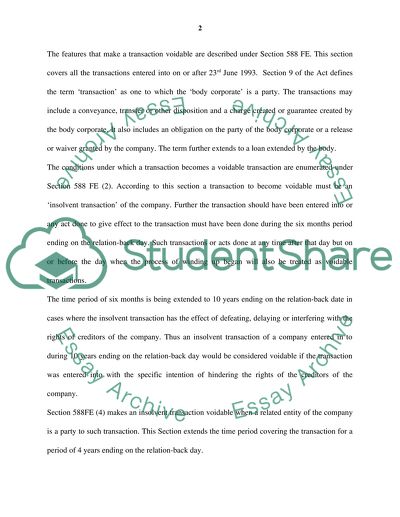Cite this document
(“Voidable Transactions Essay Example | Topics and Well Written Essays - 2250 words”, n.d.)
Retrieved from https://studentshare.org/miscellaneous/1505810-voidable-transactions
Retrieved from https://studentshare.org/miscellaneous/1505810-voidable-transactions
(Voidable Transactions Essay Example | Topics and Well Written Essays - 2250 Words)
https://studentshare.org/miscellaneous/1505810-voidable-transactions.
https://studentshare.org/miscellaneous/1505810-voidable-transactions.
“Voidable Transactions Essay Example | Topics and Well Written Essays - 2250 Words”, n.d. https://studentshare.org/miscellaneous/1505810-voidable-transactions.


